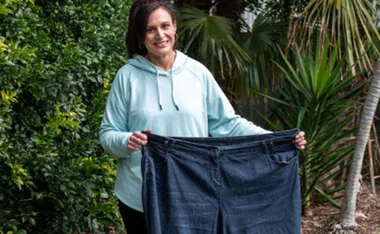The words and pictures used on food labels are controlled by strict laws to ensure they are not misleading. Did you know, for instance, that the word ‘health’ is not allowed as part of any food’s name? However, it’s still all-too-easy to get confused when trying to work out what’s actually in a product, or to compare them. Here’s how to be more savvy about shopping.
Weight And Volume This is given in either millilitres (ml) for liquids or grams (g) for solids. Useful for comparing value for money between similar products.
Datemarks Datemarks must appear, except when the expected minimum life of the product is more than two years. There are two types:
- ‘Use by’ is for products with a short shelf life. They can be sold after that date, but not if they have deteriorated.
- ‘Best before’ is used on products with a longer shelf life. How long they remain edible after that date depends on how they have been stored.
Note: Always check the safe storage instructions, such as ‘refrigerate after opening’ or ‘consume within three days’. They are there for a reason!
Ingredients
All ingredients should be listed by weight, from the greatest amount to the least. Useful for avoiding ingredients that you do not wish to eat. Food additives should be described first by their function (preservative), followed by their name or code number. The only exceptions are foods that only contain one ingredient, and alcoholic beverages.
Nutrition Information Panel
Most food products advise nutrition information (Click here to see example), such as number of kilojoules per serving, or per 100 g. If the label claims the food is a good source of a particular vitamin or mineral, this can only be said if 100 g or ml of it contains at least 25 per cent of the Recommended Dietary Intake (RDI). Recommended Dietary Intakes (RDIs) are the quantities of particular nutrients suggested to meet the needs of an average person; they are set by the National Health and Medical Research Council, based on current scientific knowledge.
Manufacturer Information
Should you have a problem with a product, check the pack for a product code number or letter. This identifies the production premises and the country of origin, so that you can immediately notify the manufacturer or importer.
Did You Know?
Safe Claims Manufacturers cannot make claims, such as ‘reduced joule’, unless they are 75 per cent lower in kilojoules than the usual version. Same goes for low-fat, salt and sugar claims.
Ingredients A claim such as ‘made with fresh lemon juice’ must be backed up by a nutrition information panel. Check the ingredients list.
Additives Whether they are a name or a code number, they must be listed after a word that describes their function, e.g. ‘Colour 101’, or ‘Antioxidant (320). Flavourings must be mentioned on labels, but not necessarily by name, e.g. both ‘Flavouring, and ‘Natural Caramel Flavour’ are acceptable.











